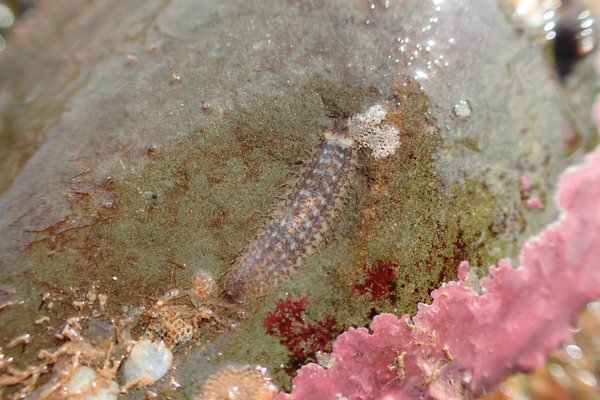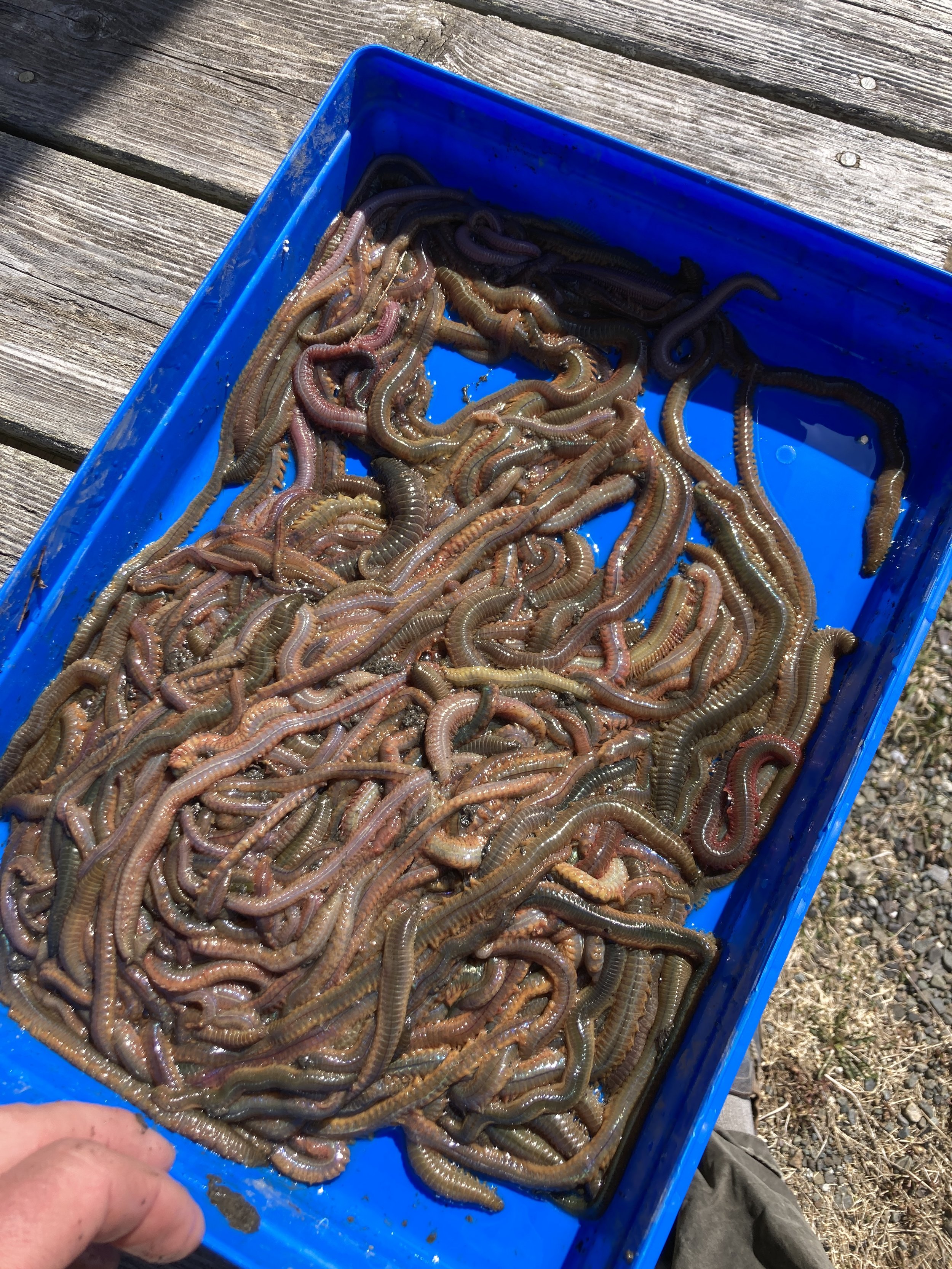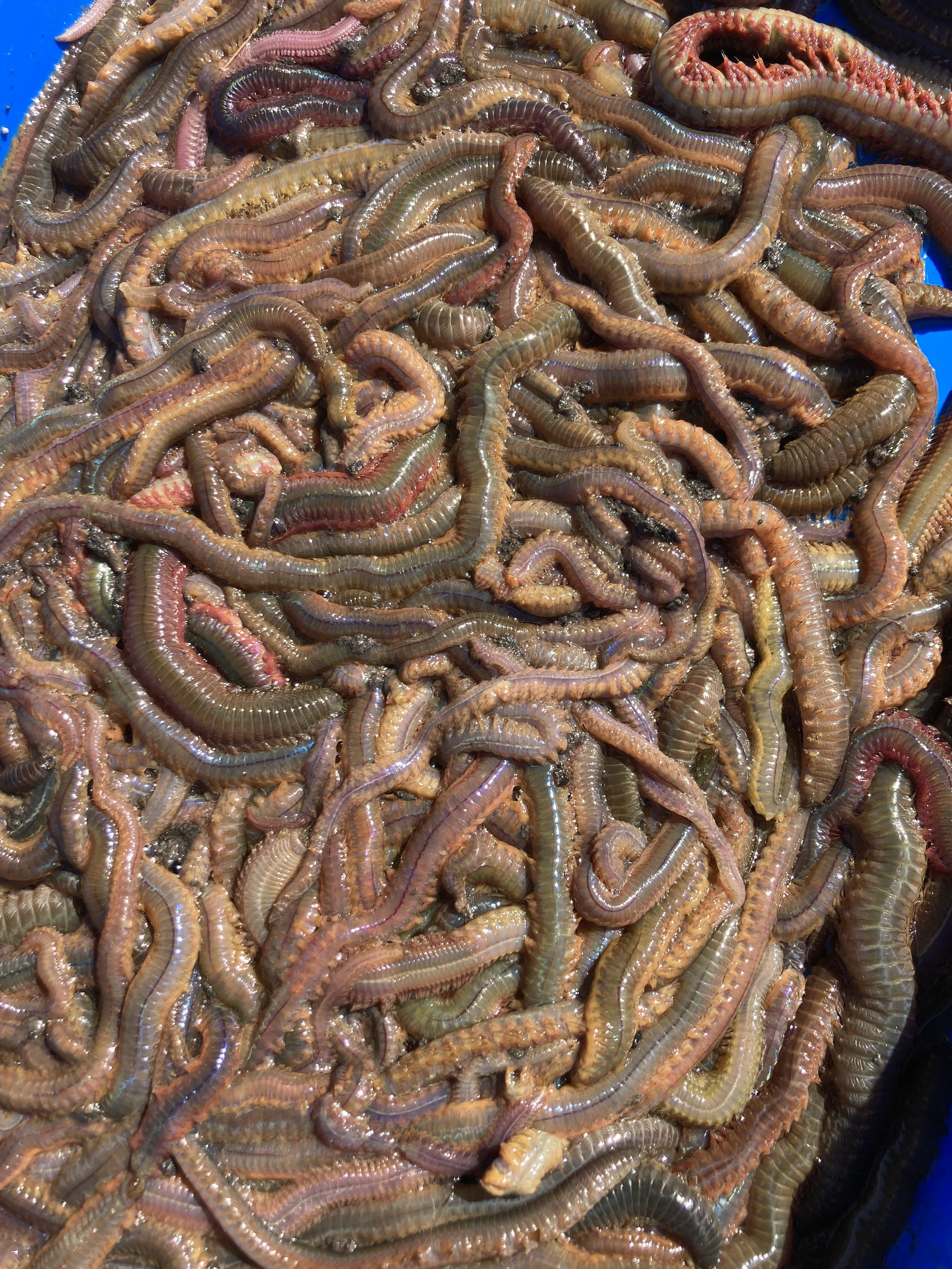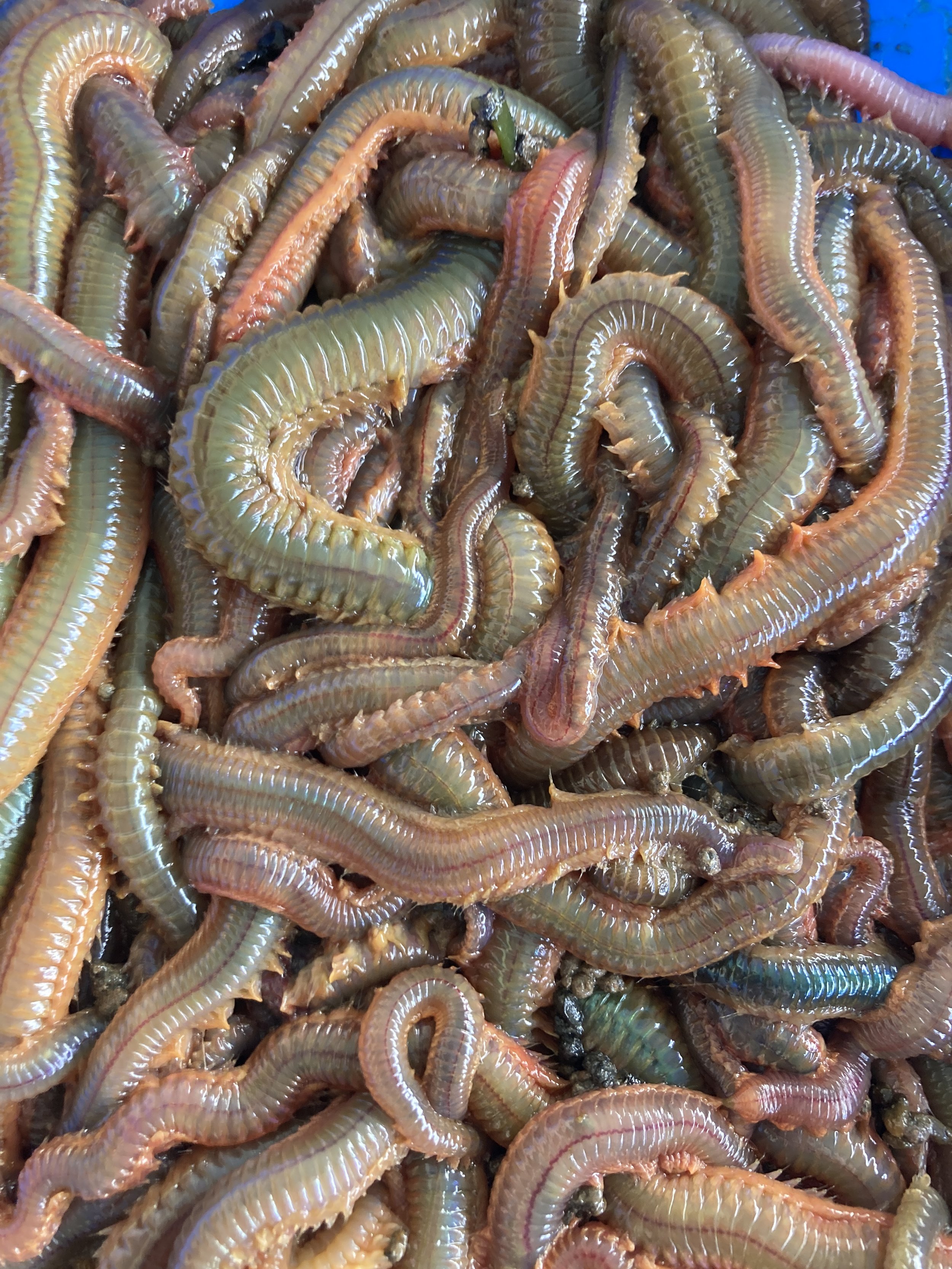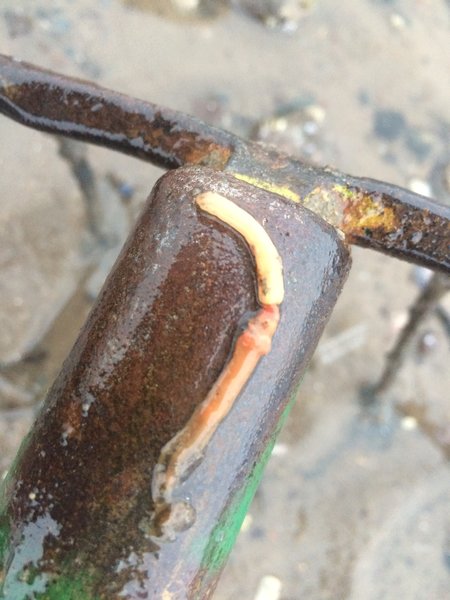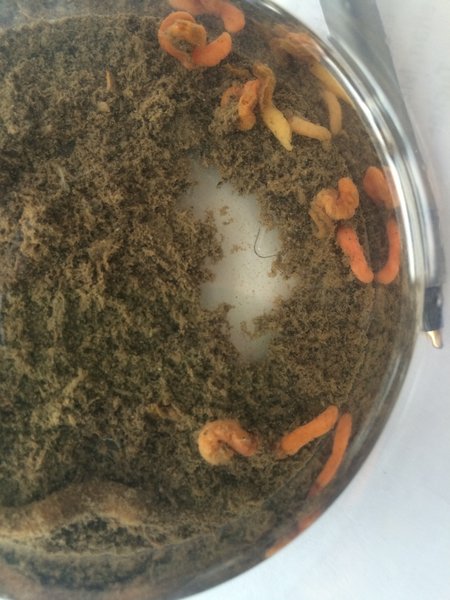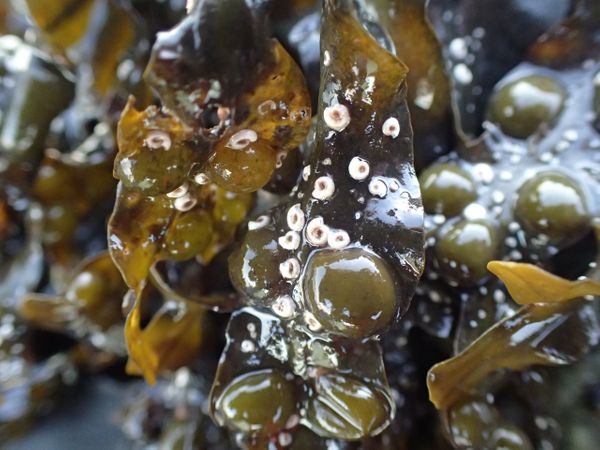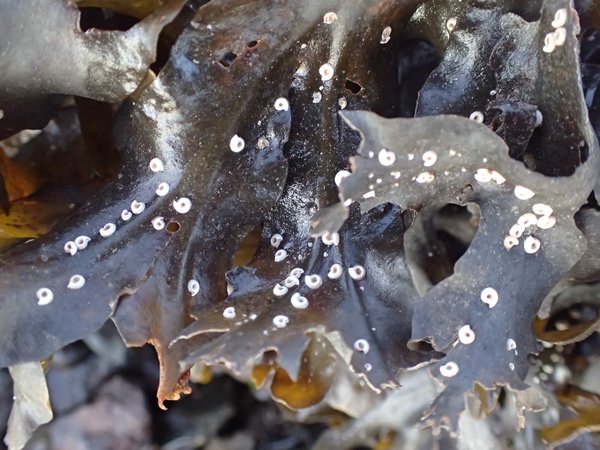 Image 1 of
Image 1 of

Trumpet Worm (Pectinaria gouldii)
Common name: Gould's trumpet worm, ice cream worm
Scientific name: Pectinaria gouldii
Locations: mid to low tide in sandy mud
Seasonality: available all year
Colors: sand tube of mixed grains and colors
Size: 1/2” - 1”
Collected: by hand
Quantity: sold by the each
Common name: Gould's trumpet worm, ice cream worm
Scientific name: Pectinaria gouldii
Locations: mid to low tide in sandy mud
Seasonality: available all year
Colors: sand tube of mixed grains and colors
Size: 1/2” - 1”
Collected: by hand
Quantity: sold by the each
Common name: Gould's trumpet worm, ice cream worm
Scientific name: Pectinaria gouldii
Locations: mid to low tide in sandy mud
Seasonality: available all year
Colors: sand tube of mixed grains and colors
Size: 1/2” - 1”
Collected: by hand
Quantity: sold by the each
Please Contact us for Wholesale Pricing
Tidepool Tim says, "Most trumpet worms we find are dead - we just see their beautifully crafted cone of sand lying in a tiny mud-puddle on the sandflats. Occasionally, if we're lucky we pick them up to see a golden fringe of bristles sticking out of their cone and realize we have a live one! These worms have a flat head with bristles emerging from one side. A close look at the cone will reveal that the sand grains glued together by the worm increase in size from top to bottom and they are only 1 layer thick! So the worm when very small actually uses the tiniest of grains early on in its life. As it grows in size, it begins to cement larger and larger grains of sand & shells - a very interesting strategy. Makes you wonder what kind of glue this worm can make to be so strong and so waterproof! This segmented worm lives in a small hole in the mud and sits at an angle so that its bristles can dig through the sediments for bits of organic matter or food. Looking at the worm out of his cone reveals a short fat worm that resembles a scale worm. Perhaps this species evolved to use sand grains for protection rather than scales?”

